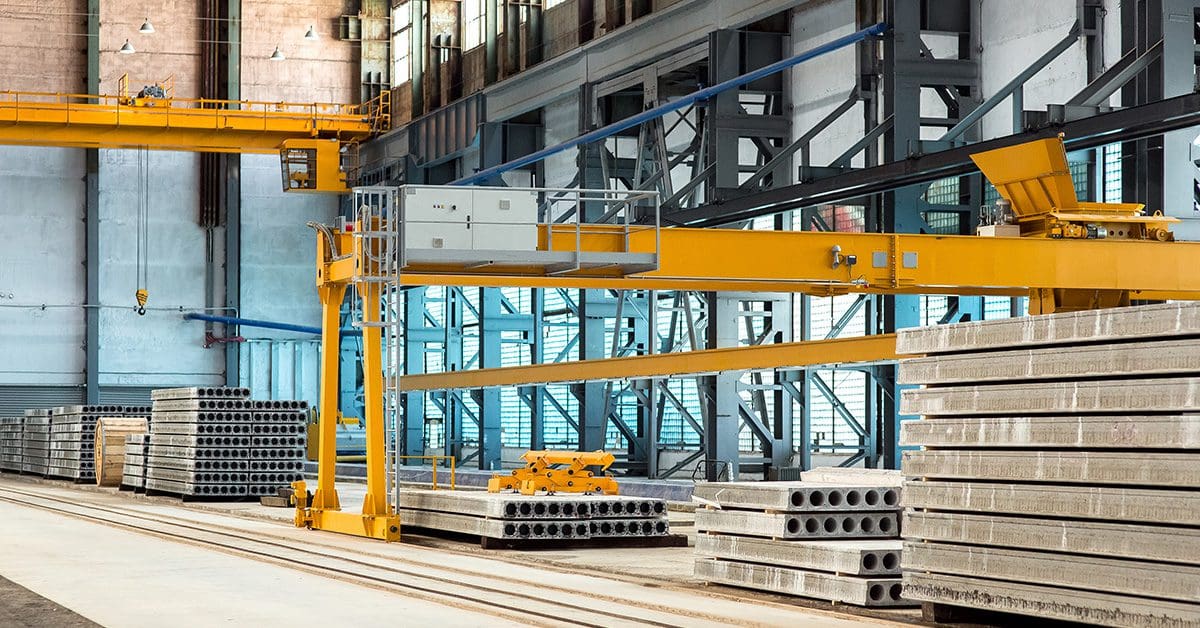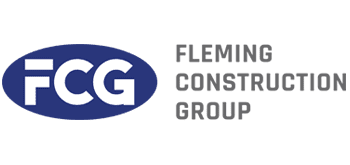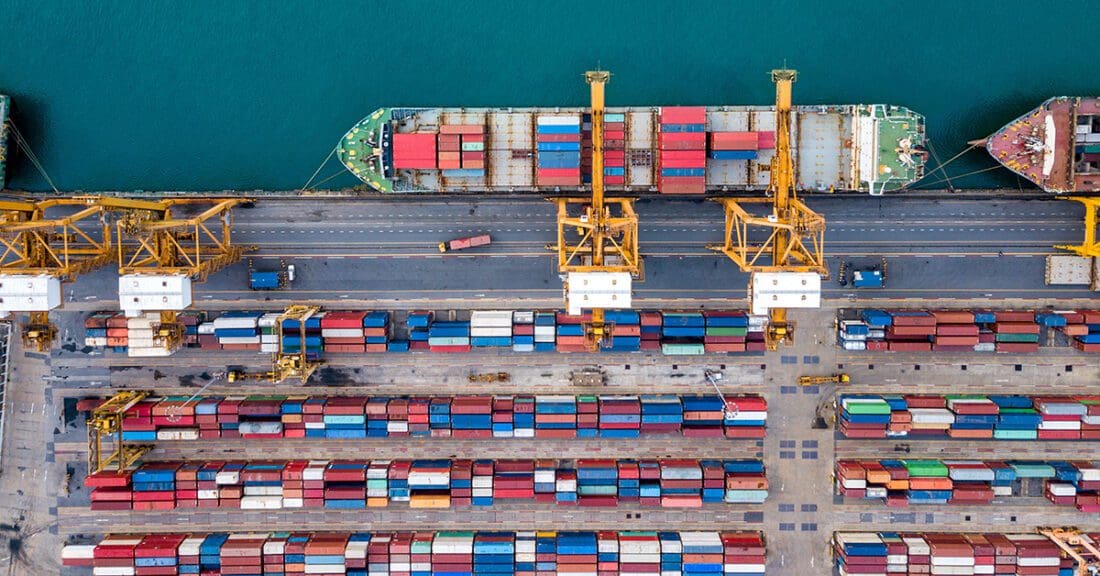Where Does Supply Chain Risk Management Fit When It Comes to Construction?
According to the National Institute of Standards and Technology, supply chain risk management (SCRM) is:
A systematic process for managing supply chain risk by identifying susceptibilities, vulnerabilities, and threats throughout the supply chain and developing mitigation strategies to combat those threats…
A good risk management strategy is a process in which each stop along the supply chain is continuously evaluated against rising or falling risk associated with technological advances, politics, economic changes and a myriad of other influential outside forces.
Supply Chain Risk Management and the Electric Car
Consider the example of an electric vehicle. The process (simplified for this example) follows as:

When considering supply chain risk management for an electric vehicle, assessors must investigate each step in the process:
Raw Materials Sourcing
Risk management considers the source of necessary raw materials. For instance, lithium can be found in both Bolivia and the Democratic Republic of the Congo. Both countries have struggles with instability, however, when compared, Bolivia is considered more politically stable and thus would be a safer consideration for a raw materials supplier.
Parts Manufacturers
Manufacturing facilities take mined raw materials and turn them into specialized parts. In the case of lithium, these parts facilities develop batteries for electric vehicles. Today, the top manufacturer of these batteries can be found in China, however manufacturing plants exist in the United States, Europe and other Asian countries. When investigating facilities, assessors must consider political stability of the region, trade restrictions (like tariffs), as well as past performance of manufacturing facilities.
Transport
Following manufacturing, transportation of parts must be considered. In some instances, using a more expensive parts supplier within a closer proximity to domestic assembly lines (for example, Mexico versus China) may make more sense when managing risk.
So how does a good supply chain risk management strategy translate from manufacturing and distribution of electric vehicle parts to large-scale building construction? Read on to find out.

The Construction Supply Chain Simplified
Before we discuss a proper risk management strategy, let’s start by understanding the basics of the construction supply chain

A simple construction supply chain follows this sequence: raw materials, including lumber, steel, aluminum, copper, etc. are procured and developed into building materials. These building materials are globally purchased and shipped to general contractors and subcontractors depending upon contracted services. Ideally, building materials are scheduled for delivery following a “just in time” model. Subcontractors and trades begin using these materials immediately to complete their scheduled piece of a structure.
Lean Construction: “Just in Time” Delivery
The concept of “just in time” delivery is one of many strategies adopted from the Lean manufacturing model for the construction industry. “Just in time” simply means that materials are received shortly before they are needed, rather than kept on hand for indeterminate lengths of time.
Before “just in time” procurement, contractors would need storage yards for building materials, along with security for these sites and sometimes covered storage depending on weather. Building materials would then need to be transported from the storage yard to the construction site as needed, adding an additional layer of scheduling to an already time sensitive industry. With the proper use of “just in time” delivery, many of these storage costs and added complexities were solved.
Then Covid-19 hit.
“Just in Time” and the Pandemic
For some, the complications arising as a result of the Covid-19 pandemic have called into question the “just in time” model. It is apparent that having zero stock on hand when shipping overseas abruptly halted is part of the reason construction delays occurred. However, rather than recoil from the “just in time” method and revert to the costly inefficiencies of old, the disruptions caused by the pandemic highlight the need for contractors to adopt a solid supply chain risk management strategy.

Risk Management: The Hero in Combating Supply Chain Strain

Creation of Processes with Everyone Invested
All staff should understand the importance of process and, as much as possible, those within your supply chain should follow suit. Having everyone involved on the same page reduces confusion and can often prevent costly delays.

Utilization of Software for Up-to-Date Tracking
Nearly all large-scale construction contractors utilize software when assessing risk. However, even the best software packages will fail if it isn’t used properly. Ensuring all employees are properly trained on process includes an emphasis on the importance of software utilization and maintaining up to date scheduling, delivery and other information.

Valuing Constant Communication
General contractors should be in constant communication with building materials suppliers to prevent unexpected price increases or shortages. If delivery timelines change for example (an issue that can happen rapidly, as the pandemic has made clear), constant communication ensures that materials ordering occurs when it’s needed rather than based on outdated timeframes.
Trust Fleming Construction to Manage the Risk
When it comes to your large-scale new build, assurance of on-time completion no matter what interruptions are occurring in the world is a necessity. At Fleming Construction Group our reputation for on-time– and often ahead of schedule– completion is one that precedes us. Contact us to learn more about how our clients benefit from our solid risk management strategy.
Read This Next:


